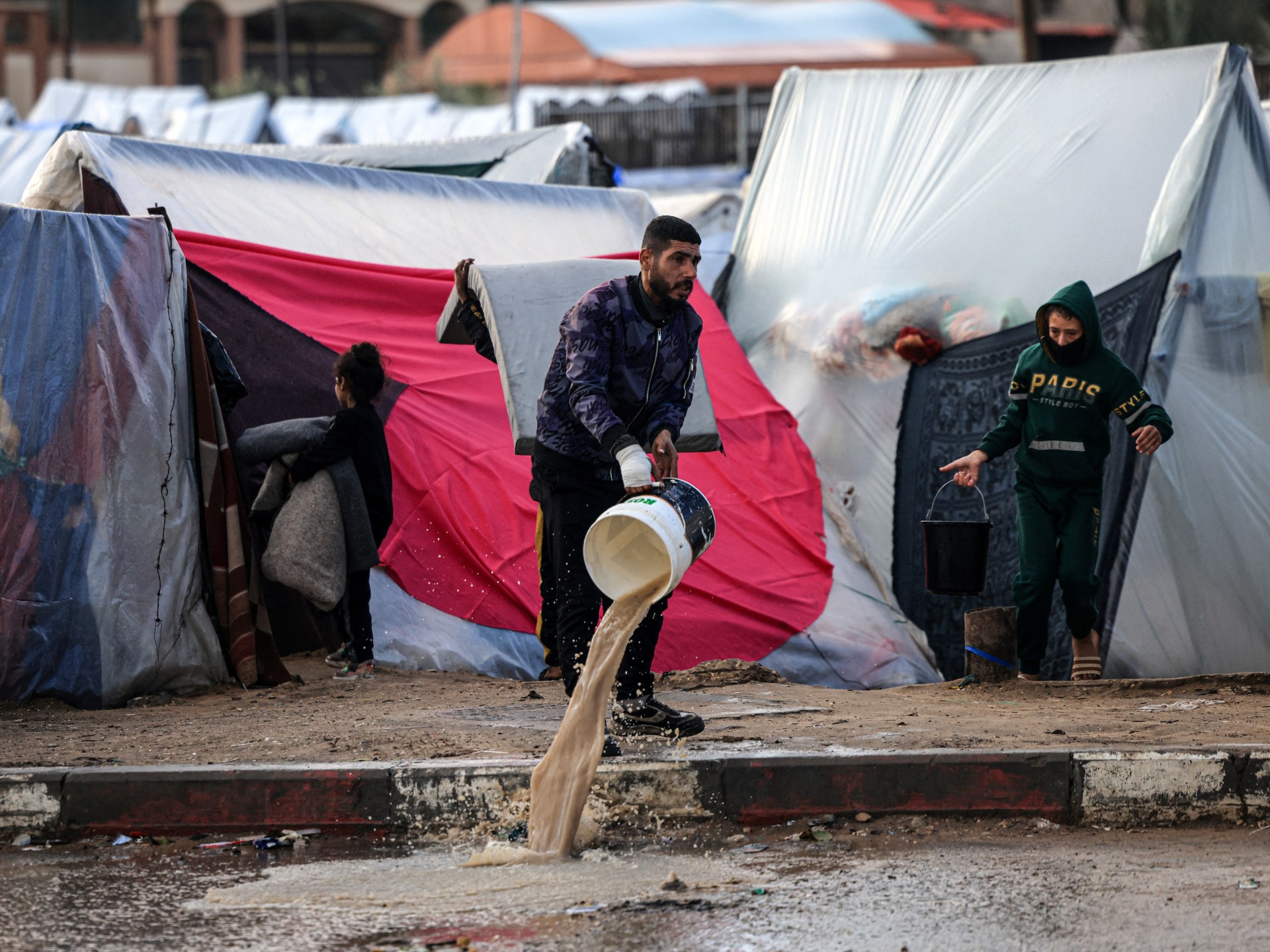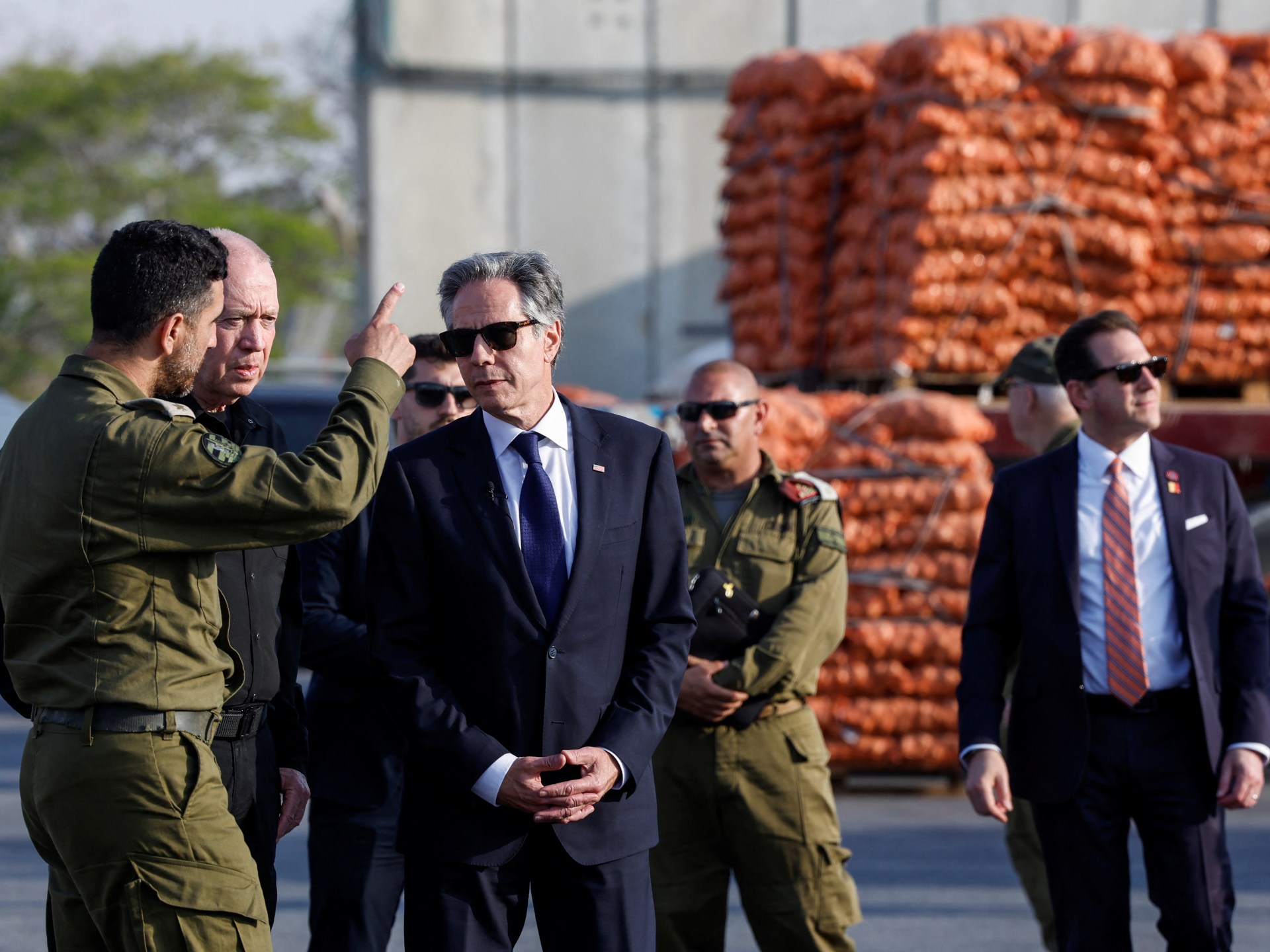Ukraine’s counteroffensive may dictate the fate of the war
Spring began to melt into summer. The brutal fighting over the eastern city of Bakhmut captured attention; so, too, the incessant barrage of Russian missiles and drones on civilian areas of Ukraine, including cities far from the main battlefields of the war. The specter of a nuclear escalation loomed darkly over the conflict. And in the past week, we saw a new horror — man-made ecological devastation, as a suspected Russian attack on the Kakhovka reservoir dam along the Dnieper River led to widespread flooding and the evacuation of thousands of civilians.
But now it seems Ukraine is on the march. Though coy on the details, Ukrainian President Volodymyr Zelensky confirmed as much at a news conference Saturday alongside visiting Canadian Prime Minister Justin Trudeau. Analysts have concluded that significant operations are in motion on at least three key fronts: Eastward over the bloodied terrain surrounding Bakhmut and toward occupied Luhansk; southeast into the Donetsk region; and southward into parts of the Zaporizhzhia region controlled by Russian troops and toward the Sea of Azov.
Russia has heavily fortified this latter approach, as Ukrainian success there would spell strategic disaster for the Kremlin. “The flat fields of Zaporizhzhia were long seen as a likely and advantageous focal point for the counterattack,” my colleagues explained. “By cutting through here, Kyiv could sever the ‘land bridge’ between mainland Russia and Crimea. This would cut off Russia’s east-west supply lines.”
The region’s “position at the heart of the frontline means that any attack there could trap large numbers of Russian troops in a pocket to the west, in Kherson province,” noted the Economist. “Many could also be trapped in Crimea itself, if Ukraine managed to strike the bridge over the Kerch strait again.” The British magazine added that Ukraine just getting into artillery range of some of these rail and road links to the annexed peninsula would be problematic enough for Russia.
Ukraine and its allies hope that the superior firepower and training of new Western-backed armored brigades will break through Russia’s reinforced lines. Experts, though, reckon the fighting will be more akin to the attritional slog that preceded Ukraine’s liberation of Kherson than the lightning campaign that routed Russian forces in Kharkiv.
“This isn’t something you judge based on a few days of fighting,” tweeted Michael Kofman, director of Russia studies at the Center for Naval Analyses, downplaying social media hand-wringing over published Russian images of a handful of smoldering Ukrainian tanks. “Footage of combat losses, which are to be expected, can have an anchoring effect. The offensive will play out over weeks, and likely months.”
The end goal for Kyiv is a commanding position from which to turn and face the Kremlin: “If this counteroffensive is indeed successful, the Ukrainians will not only liberate more of their land from a brutal occupation but also might cause more Russians to accept that this is a war they cannot win and persuade the West to keep providing the support Ukraine needs for the long term,” wrote Post columnist Max Boot.
Another Post columnist, David Ignatius, likened the operations to D-Day in World War II and to other offensives in history that serve as “a reminder that an army must sometimes take huge risks to position itself for eventual victory.”
Ukraine’s leader is fully aware of the stakes. Amid fears of Western fatigue and, in particular, waning U.S. support as elections draw near, Kyiv wants to show that the significant American and European outlay to buttress its war effort has been worth it — and is also worth sustaining.
“Look, nobody expects as much [from this counteroffensive] as we do,” Zelensky told my colleagues in an interview last month. “I’ll tell you frankly, I’m not sure that absolutely all of our partners believe that we are able to break the Russian Federation.”
Ukraine’s political and security future will be at the heart of discussions next month at a NATO summit in the Lithuanian capital, Vilnius — where months of complicated wrangling over Kyiv’s potential membership in the military alliance and other security guarantees that can be extended to the besieged Ukrainians may come to a head. Within Europe, there are also varying views on how far Ukraine should be encouraged to wage its campaigns before entering negotiations with Russia.
“I know that there is skepticism among some partners that it would be scary if Ukraine liberates absolutely all of its territories,” Zelensky told The Post. “But I, for example, can live with this skepticism. And I believe that the more victories we have on the battlefield, frankly, the more people will believe in us, which means we will get more help.”
The Ukrainian counteroffensive also adds to the pressures on the Kremlin. Russian President Vladimir Putin has seen the “special military operation” he launched last year sprawl into a ruinous war that has deepened Russia’s geopolitical isolation and gravely depleted its military capacity. Erstwhile supporters now openly challenge the logic and strategy that compelled the invasion, while bracing for worse news to come.
“If Russia loses the corridor to Crimea, it will be a very serious blow,” Tatyana Stanovaya, the founder of R-Politik, a political analysis firm with insight into Russia’s halls of power, told my colleagues. “Everyone understands how important it is for Putin and it will mean Putin has again not calculated the situation correctly and again not managed the situation. It will mean a very serious failure.”
Stanovaya added: “The mood is very gloomy among the elite. They don’t understand what Putin’s plans are and doubt whether he is adequately dealing with the situation. This has been going on for a long time, but the worry is building up.”
Check out our Latest News and Follow us at Facebook
Original Source







